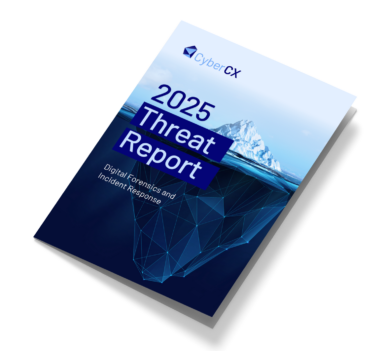Improve cyber resilience
in five easy steps
Recent experience has confirmed the critical requirement for the modern enterprise to be agile and to rapidly adapt their security strategies.
Whether you are looking to strengthen existing capabilities or designing a new security program out of necessity, these five steps to improving cyber resilience will assist your organisation to operate securely whatever the future may bring.
Five easy steps to building cyber resiliency includes the essential service packages designed to help Australian enterprises and governments quickly establish secure connectivity and increase cyber resilience. They include:
1. Secure remote working enablement
Secure remote working should protect employees, systems, partners and sensitive corporate information. With significant infrastructure deployed recently, now is the time to mitigate the risks associated with rapid adoption.
- Ensure adequate security monitoring for your organisation’s extended perimeter
- Assess end point protection for devices that access your network
- Ensure that employee connections are private, secure and robust
- Reduce the risk of Shadow IT and safely adopt licensed software and cloud collaborative tools
- Implement comprehensive policies and measures to prevent data loss
2. Develop a comprehensive response plan
Preparation is all important in responding to business challenges. An essential step in achieving cyber resilience is obtaining expert advice when developing your Business Continuity Plan (BCP) and building team response capability.
- Assess your supply chain and business partner risks
- Validate key elements of your BCP, bridge gaps and augment your support team
- Build company and employee resilience and reduce the risk of phishing threats
- Evaluate existing responses and strengthen governance, risk and compliance provisions, policies and processes
- Develop and test an incident management framework, plan and playbook
3. Build a cyber security improvement roadmap
Cyber resilience depends upon continual improvement and the ability to adapt to change. Maintaining and updating a cyber security improvement program is therefore essential to risk mitigation.
- Leverage security experts to assess requirements, configure and test unified communications, virtual private network and cloud solutions
- Ensure all newly built environments are configured and reviewed from a security perspective
- Undertake a comprehensive risk assessment, policy and procedure review for remote access, cloud, mobile device and BYOD solutions
- Ensure cyber security monitoring is applied across all technology
- Leverage CyberCX expertise in implementing identity and access management solutions for staff, customers and suppliers
4. Build detection and response capability
The protection of digital assets relies on active detection of malicious signals and an ability to confidently respond to a cyber incident.
- Establish a realistic view of your organisation’s incident response capability and drive improvement
- Rapidly detect malicious activities across your servers and user workstations
- Augment internal capability and access incident response expertise when you need it most
- Protect your brand reputation with a coordinated response plan, including thorough investigation and accurate and timely crisis communications
- Meet your legal and compliance reporting obligations
- Access rapid incident response teams including effective containment, eradication and restoration
5. Educating users on escalating threats
Current cyber threats such as phishing and business email compromise target key employees, resulting in increased business downtime, financial loss and reputational damage. Train your employee to deal with emerging threats.
- Ensure employees are adequately trained to deal with phishing attacks
- Reduce employee clicks on malicious links
- Raise awareness to increased risk due to focused phishing attacks
- Provide learning reinforcement through ongoing education and training
- Provide staff with the knowledge and tools to protect them now and into the future.


